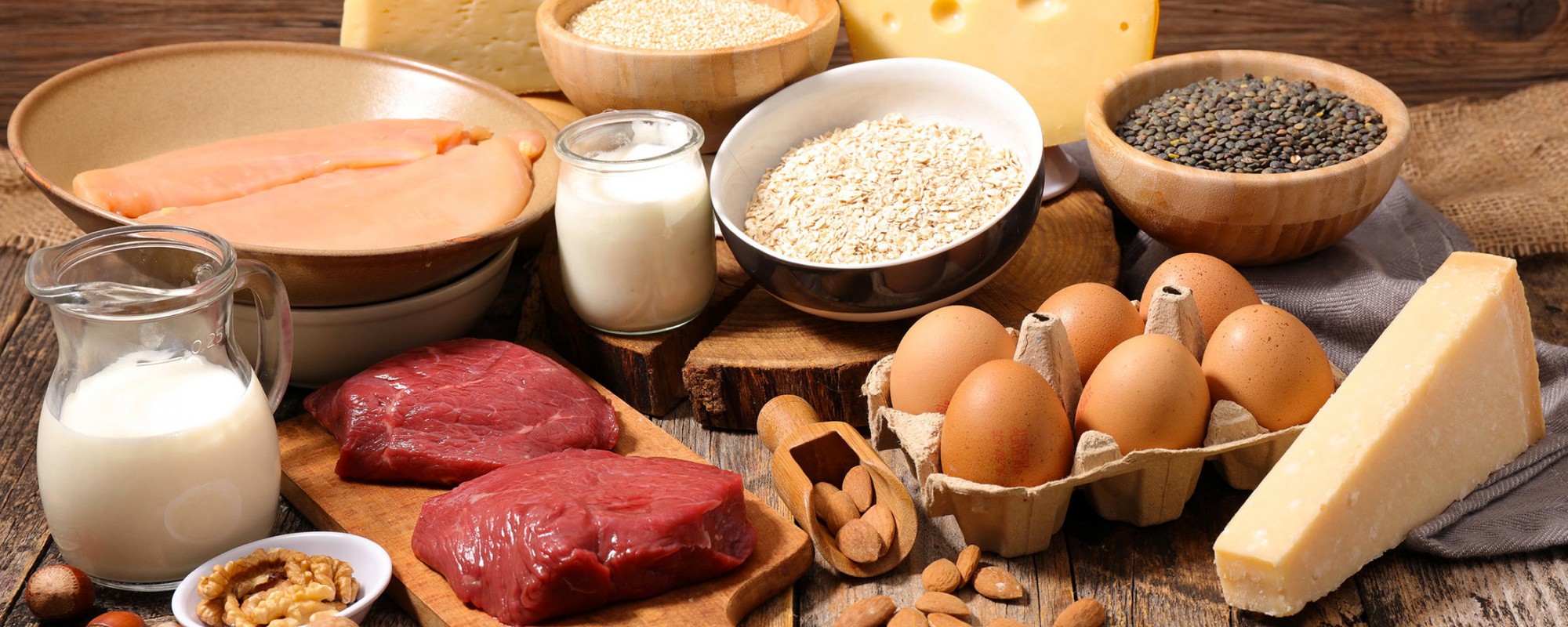



Article by: Hari Yellina
Melanie and Paul Ackerley, two young dairy farmers from Victoria, are defying a number of industry norms on their farm 160 kilometres south-west of Melbourne. The dairy sector is contracting. Since the Ackerley family purchased their farm in 2017, it has lost 20% of its farmers. The two properties that are next to their farm have changed from dairy to beef farming, following the example of many in south-west Victoria. However, the Ackerleys are eager to enhance their milk production. A fantastic time to have milk to sell is now. Due to the decline in farmers, processors are now providing over $10 per kilogramme of milk solids (kgms) as they vie for a declining supply.
According to the present pricing, despite much higher input costs, this year appears to be shaping up to be better than the previous two, according to Melanie Ackerley. Due to increasing farmgate milk prices, the national commodity forecaster ABARES predicted that average dairy farm revenues would increase by 35% to $338,000 per farm in 2021–22 and again the following year. However, any growth during the upcoming year will be severely constrained by the skyrocketing prices of fuel, fertiliser, and cattle feed for Ms. Ackerley. “If we compare prices for a similar dairy ration from five years ago to now, we’re likely looking at an increase of more than 100%, or from $350 to $600 per tonne. Thus, we’re considering some significant increases,” she said.
Because grain prices are so high, broadacre farmers are allocating less acreage to feed and more to wheat, legumes, and canola, which has led to an increase in the price of fodder. Georgina Warne, a grain farmer in Culgoa, was considering what to plant when the high price of canola persuaded her to give the crop a shot for the first time. And Ms. Warne could understand the justification for paying $1,300/t for fertiliser this year with wheat costing $450/t. When I pay these payments, I have to keep telling myself, “It’s over a 3-to-1 return on investment,” Ms. Warne said. However, there is also diesel for the farm equipment and pesticides for crop protection and weed control.
She added, “I can’t say it’s terrifying; all of these bills are budgeted, and I’d be stupid to not expect them. For instance, I paid an average of $750/t for urea for the farm last year, and I considered that to be very expensive. Due to the big harvest of the previous year, farm cash profits increased by 28% to $620,000 per farm in 2021–2022, which is a staggering 76–% over the long-term average. According to Rabobank research from last week, grain farmers had the highest levels of optimism for the upcoming growing season, with 40% of them anticipating improved economic circumstances.
Australian agriculture was deemed a “star performer” in the Australian Banking Association’s evaluation of national business financing in May. Its members provided $4.3 billion in loans to companies involved in agriculture, forestry, and fisheries in the 12 months leading up to February 2022, a 30% increase from the prior year. Farms have gone into an investment frenzy as a result of a string of successful seasons and hopes that the high prices will endure. Farm infrastructure costs, according to Mr. Templeton, have been “astronomical.” “I’m 40 years old, and I’ve probably never seen farms with infrastructure before the last three years. “Many people are building new sheep yards, new cow yards, and upgrading their woolsheds.” However, as farmers wait to see how much their input costs will increase, their desire to make further investments may be dwindling.
Although the Ackerleys are now holding off on growth, they do have long-term intentions for it. We have simply said, “Let’s sit with where we are now,” Ms. Ackerley said, adding that the uncertainty has put a lid on a few things. But according to mayor Bruach Colliton, years of strong grain and livestock prices have caused investment to pour through the gate and into Hamilton. Any automobile or machinery dealer you speak with will tell you that they’ve also had some successful seasons, he continued. Finding enough people is still one of the largest barriers to agriculture across the country, particularly in horticulture. Hamilton, meanwhile, has seen a population increase as a result of Melbourne’s COVID-induced flight and the abundance of long-term employment in agriculture and agricultural services. “We’ve seen new sporting teams starting up, particularly in the younger sector. We’re seeing a lot more smaller businesses in our CBD and smaller towns,” Mr Colliton said.